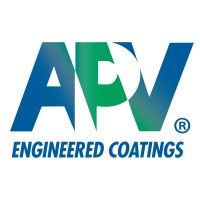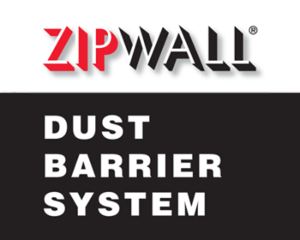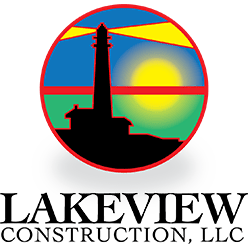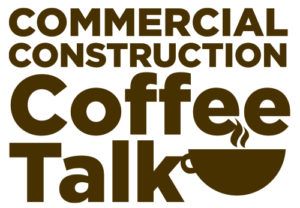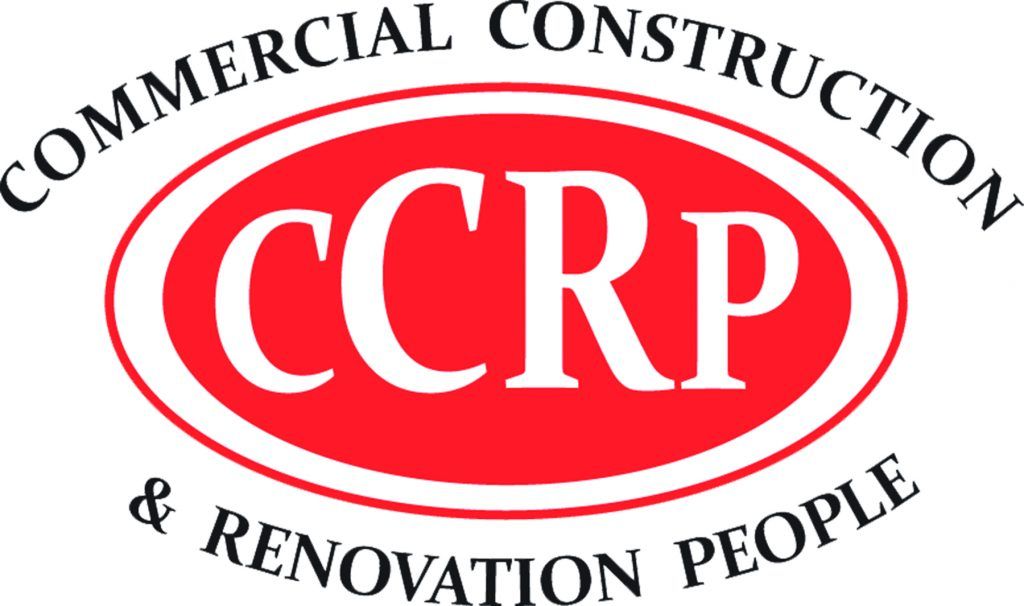In today’s construction industry, durability, efficiency, and sustainability matter more than ever. Traditional building materials like steel, wood, and aluminum have served us well, but they also come with limitations—corrosion, high maintenance, and weight being the most common.
That’s where FRP pultrusion materials come in. FRP stands for Fiber Reinforced Polymer, and pultrusion is a manufacturing process used to create strong, lightweight, and corrosion-resistant composite profiles. These materials are quickly gaining traction across various construction sectors—from bridges and walkways to industrial buildings and utility structures.
If you’re considering alternatives to conventional materials, here are five compelling reasons to use FRP pultrusion products in your next construction project.
1. Exceptional Strength-to-Weight Ratio
One of the standout benefits of FRP pultrusions is their strength-to-weight ratio. Pultruded fiberglass profiles can be as strong as steel, but they weigh significantly less. This offers major advantages during installation and transportation—especially in hard-to-reach or remote construction sites where heavy equipment might be difficult to bring in.
Because they’re lighter, FRP materials also reduce the overall structural load, making them ideal for retrofits, rehabilitation projects, or installations where weight is a concern—like rooftop structures or modular buildings.
2. Superior Resistance to Corrosion and Chemicals
In environments where moisture, salt, or chemicals are present—like coastal areas, wastewater treatment plants, or chemical factories—traditional materials often degrade quickly. Steel rusts. Wood rots. Concrete cracks.
FRP pultrusions, however, are inherently resistant to corrosion, rust, rot, and most chemical exposures. This makes them a smart long-term solution in places where durability and low maintenance are key. You don’t have to worry about repainting, treating, or sealing them every few years.
This is why FRP is now commonly used for:
- Cooling tower components
- Catwalks and grating
- Bridge decking
- Marine docks and piers
Over time, this resistance leads to lower life-cycle costs, since you’re not constantly repairing or replacing damaged parts.
3. Low Maintenance and Long Service Life
Once FRP profiles are installed, they require very little upkeep. Unlike steel, which may need regular painting and inspection, or wood, which may need sealing and treatment, FRP products retain their integrity for decades without much intervention.
This low maintenance is especially valuable in projects where access is difficult or expensive—like water infrastructure, high-rise applications, or remote energy stations. Using engineered FRP pultrusion products from a trusted manufacturer like Liberty Pultrusions can give construction professionals peace of mind that the material will last, even under challenging conditions.
4. Electrical and Thermal Insulation Properties
Another advantage of FRP is its non-conductive nature. Unlike metal, FRP does not conduct electricity or heat, making it an excellent material for environments where electrical safety is a concern.
This is particularly useful in:
- Power plants
- Electrical substations
- Transit systems
- Telecommunications towers
In hot or cold environments, FRP’s insulation properties also help minimize thermal bridging, contributing to energy efficiency and user comfort in finished structures.
Plus, in areas where lightning strikes are a concern, using non-metallic structures can reduce risk and improve overall safety.
5. Design Flexibility and Customization
Pultrusion allows for a high degree of customization. Profiles can be manufactured in various shapes, sizes, and colors to match specific project requirements. Whether you’re building ladders, beams, panels, or walkways, you can work with manufacturers to tailor the design exactly to your needs.
This flexibility means that architects and engineers can push the boundaries of design without being limited by the rigidity or size constraints of traditional materials.
Working with experienced partners such as Liberty Pultrusions, a U.S.-based Manufacturer of Engineered FRP Pultrusions, ensures that your custom profiles meet structural requirements while keeping weight, cost, and durability in check.
Bonus: Sustainable and Recyclable
While not always the first feature mentioned, FRP materials also support sustainability goals. Because of their long lifespan and low maintenance needs, they reduce the demand for frequent replacements and minimize waste. Some FRP materials are also recyclable, depending on the resins used, making them a better environmental choice compared to single-use or short-lived materials.
Final Thoughts
The construction industry is evolving—and so are the materials we rely on. FRP pultrusion products offer a powerful combination of durability, safety, design flexibility, and long-term cost savings. For engineers, architects, and builders looking to move beyond the limitations of steel, wood, or concrete, FRP is a smart and forward-thinking choice.
From industrial platforms to architectural elements, Liberty Pultrusions continues to lead the way in producing high-performance composite profiles that meet the demands of modern construction. If you’re exploring composite solutions for your next project, it’s worth taking a closer look at what FRP can offer.



